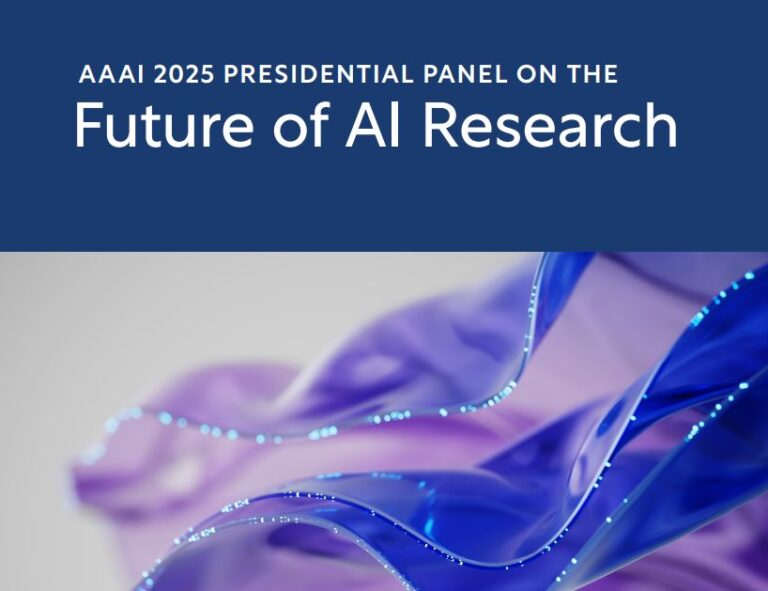AI Tools for Improving Website Chatbot Interactions: A Comprehensive Guide
In today’s fast-paced digital world, website chatbots have become essential tools for businesses to enhance customer service, streamline operations, and boost user engagement. However, traditional rule-based chatbots often struggle with understanding complex queries, maintaining context, or providing personalized experiences. Enter artificial intelligence (AI)—a game-changer that transforms chatbots into intelligent, adaptive, and user-friendly systems. By leveraging advanced AI tools, businesses can significantly improve chatbot interactions, ensuring smoother communication and higher customer satisfaction. This article explores the key AI technologies and tools driving this evolution, their benefits, and how they can be implemented effectively.
The Role of AI in Modern Chatbots
Chatbots powered by AI use natural language processing (NLP), machine learning (ML), and deep learning to interpret user inputs, generate human-like responses, and continuously improve through data analysis. These tools enable chatbots to handle ambiguous queries, adapt to conversational nuances, and offer tailored solutions, making them more than just automated reply systems—they become proactive, intelligent assistants.
Top AI Tools for Enhancing Chatbot Interactions
-
Natural Language Processing (NLP) Platforms
NLP is the backbone of chatbot functionality, allowing them to understand and respond to human language. Tools like Google Dialogflow, IBM Watson Assistant, and Amazon Lex use NLP to detect user intent, extract key information, and generate context-aware replies.- Dialogflow: Known for its intuitive interface, Dialogflow uses machine learning to recognize speech and text patterns, enabling chatbots to handle complex conversations.
- Watson Assistant: IBM’s tool excels in enterprise environments, offering advanced NLP capabilities for multilingual support and integration with other business systems.
- Rasa: An open-source framework that allows developers to build custom NLP models, ideal for businesses needing full control over their chatbot’s language understanding.
-
Machine Learning Models for Personalization
AI tools like TensorFlow and PyTorch enable chatbots to analyze user data and deliver personalized experiences. By training models on historical interactions, chatbots can predict user preferences, recommend products, or even anticipate needs.- Example: A retail chatbot using ML can suggest items based on a user’s browsing history or past purchases, increasing conversion rates.
-
Sentiment Analysis Tools
Understanding user emotions is critical for improving interactions. Tools like IBM Watson Tone Analyzer or Amazon Comprehend assess the sentiment of user messages, allowing chatbots to adjust their tone or escalate issues to human agents when needed.- Benefit: A chatbot detecting frustration in a user’s message can switch to a more empathetic response, reducing churn and improving satisfaction.
-
Voice Recognition and Speech-to-Text Technologies
For voice-enabled chatbots, tools like Google Cloud Speech-to-Text or Amazon Alexa Voice Service convert spoken language into text, enabling seamless voice interactions. These technologies are vital for businesses offering audio-based support or virtual assistants. -
Real-Time Analytics and Feedback Tools
Platforms like Mixpanel, Hotjar, or Google Analytics integrate with chatbots to track user behavior and conversation patterns. This data helps refine chatbot responses and optimize user journeys. - Generative AI for Human-Like Conversations
Tools like Hugging Face Transformers (e.g., BERT, GPT) or Microsoft Azure Cognitive Services enable chatbots to generate dynamic, contextually relevant responses. These models excel in handling open-ended queries and maintaining conversational flow.
Key Benefits of AI-Powered Chatbots
- 24/7 Availability: AI chatbots operate around the clock, ensuring instant support for users across time zones.
- Scalability: They handle high volumes of queries without compromising quality, ideal for businesses during peak traffic.
- Personalization: By analyzing user data, AI chatbots deliver customized experiences, such as tailored recommendations or targeted promotions.
- Cost Efficiency: Reducing the need for human agents in routine tasks, AI chatbots lower operational costs.
- Continuous Learning: Machine learning allows chatbots to improve over time, adapting to user feedback and evolving needs.
Case Studies: Real-World Impact
- E-commerce: A major online retailer integrated Dialogflow with their chatbot, reducing response times by 40% and increasing sales by 25% through personalized product suggestions.
- Healthcare: Watson Assistant was deployed to triage patient inquiries, improving accuracy in symptom analysis and reducing the burden on healthcare staff.
- Financial Services: Banks like Bank of America use Erica, a chatbot powered by AI, to offer real-time financial advice, resulting in higher user engagement and reduced call center traffic.
Challenges and Considerations
While AI tools offer immense potential, implementation requires careful planning:
- Data Privacy: Ensure compliance with regulations like GDPR when collecting user data.
- Integration Complexity: Choosing tools that seamlessly integrate with existing systems (e.g., CRM, databases) is crucial.
- User Experience Design: Even the best AI tools need intuitive design to avoid frustrating users with robotic or irrelevant responses.
Future Trends in AI-Powered Chatbots
- Multimodal Interactions: Combining text, voice, and visual elements for richer user experiences.
- Emotion AI: More advanced tools will recognize and adapt to user emotions in real time.
- AI-Driven Content Generation: Chatbots will create dynamic content (e.g., FAQs, tutorials) on the fly using generative models.
Conclusion
AI tools are revolutionizing website chatbots, turning them into intelligent, responsive, and adaptive solutions that meet modern user expectations. By investing in the right technologies—whether NLP platforms, ML models, or sentiment analysis tools—businesses can unlock faster, more personalized interactions that drive customer loyalty and operational efficiency. As AI continues to evolve, chatbots will become even more integral to digital strategies, bridging the gap between automation and human-like engagement.
For businesses looking to stay competitive, adopting AI-powered chatbots isn’t just an option—it’s a necessity. With the right tools and focus on user-centric design, the future of website interactions is smarter, more intuitive, and more efficient than ever before.







